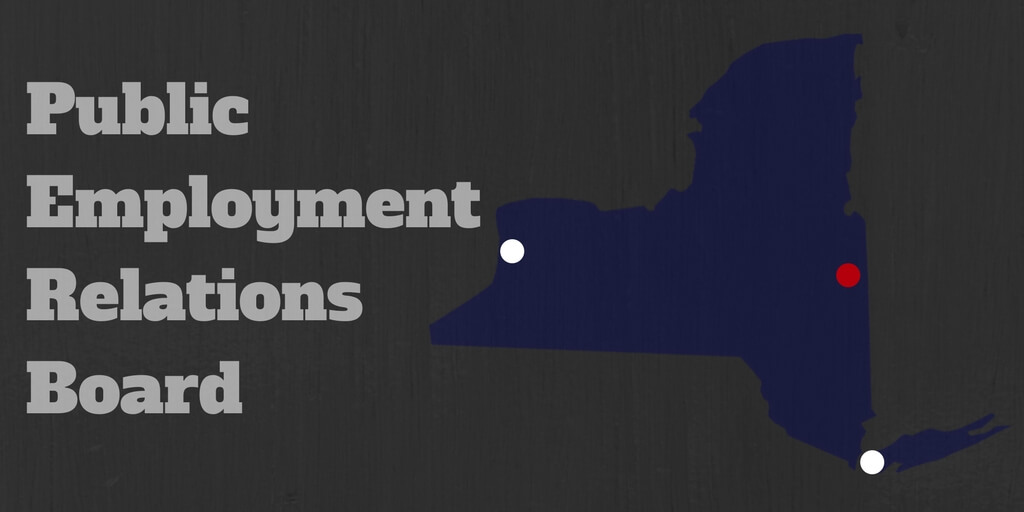A case pending before the U.S. Supreme Court could have a major impact on public-sector unions throughout the country. The Court’s decision might allow any government employee to refuse to pay union dues. The case is Janus v. American Federation of State, County and Municipal Employees (AFSCME) Council 31. The Supreme Court heard the parties’ arguments on February 27, 2018. It should issue its decision this spring.
Sign up here to receive my summary when the Supreme Court rules.
Janus v. AFSCME Council 31
In February 2015, then-newly elected Illinois Governor Bruce Rauner issued an executive order prohibiting Illinois state agencies from enforcing agreements requiring employees who are not union members to pay union fees. Governor Rauner began a lawsuit in federal court seeking to declare that his executive order is valid and that the First Amendment bars these forced-fee arrangements.
Mark Janus joined the litigation. He is part of a bargaining unit including many titles of state employees. AFSCME Council 31 represents the bargaining unit. Janus is not a union member. But he is nonetheless represented by AFSCME Council 31 based on his position being part of the bargaining unit.
The federal district court dismissed the case, and the U.S. Court of Appeals for the Seventh Circuit upheld the dismissal. These courts relied on the Supreme Court’s 1977 decision in Abood v. Detroit Board of Education. In Abood, the Supreme Court ruled that although public employees cannot be required to pay for unions’ political activities, they can be required to contribute to the union’s actual costs of contract negotiation and administration.
In September 2017, the Supreme Court agreed to hear Janus’s appeal. He is asking the Court to rule that, under the First Amendment, public employees cannot be required to fund unions against their will.
Outcome Foretold?
Many predict that Janus will prevail based on another Supreme Court ruling from two years ago.
The case of Friedrichs v. California Teachers Association raised substantially the same constitutional questions as Janus. The Court heard oral arguments in Friedrichs in January 2016. Before a decision came down, Justice Antonin Scalia passed away unexpectedly in February. Down to eight Justices, the Court issued a 4-4 split decision. This result affirmed the lower court’s decision, which was consistent with Abood.
With the addition of Trump appointee Neil Gorsuch, who is commonly associated with the conservative Justices who would have found the California law unconstitutional in Friedrichs, it would not be surprising if the Court reaches a 5-4 decision in Janus’s favor this time.
What a Reversal Would Mean
Unless the Supreme Court somehow limits its decision more narrowly, a finding in Janus’ favor would likely apply to public employees throughout the country. However, the primary impact would be felt in states where public employees may unionize for purposes of collective bargaining with their government employers. That is a matter of state laws, as the National Labor Relations Act only applies to private-sector workplaces.
In New York, California, Illinois, and elsewhere, public employees may raise their hands and object to paying anything to unions that represent them. This response could potentially create significant funding deficits for public-sector unions. In New York, the largest of these include AFSCME, the Civil Service Employees Association (CSEA), and the New York State United Teachers (NYSUT).
Although it’s possible this ruling would cause union membership to go down among public employees, many employees will probably still support their unions. If nothing else, individual employees may be reluctant to upset their co-workers by refusing to contribute. Some employees will fear reprisal, whether warranted or not.
It’s too early to predict whether the ability to withdraw financial support will lead to union decertification. Or whether unions will effectively abandon representation of some units based on lack of funding by the bargaining unit members.
It’s also not clear that employers would necessarily welcome these changes to their established bargaining relationships. Among other possibilities, employers may see one union leave only to be replaced by another that is more difficult to deal with.
Should Employers Do Anything Now?
This is a constitutional question pending before the Supreme Court. Thus, there’s not much that anyone can do to change the legal outcome. It will be whatever the Court says it is, barring a constitutional amendment, which is unlikely to occur anytime soon.
That doesn’t mean that everyone is just sitting back and waiting for the decision. If the Court decides against unions, they will employ countermeasures. Most obvious, they will try harder to persuade employees to join and pay dues. Whether an individual government entity can or should try to educate employees otherwise may depend on state laws and specific circumstances.
For many public employers, the most important thing is to watch out for the decision and continue to keep eyes and ears open to see how employees and unions respond. In some cases, it will probably become necessary for employers to develop new labor relations strategies based on any related developments. But that will not be a one-size-fits-all reality.
Sign up for my email newsletter to receive my summary when the Supreme Court issues its decision.


